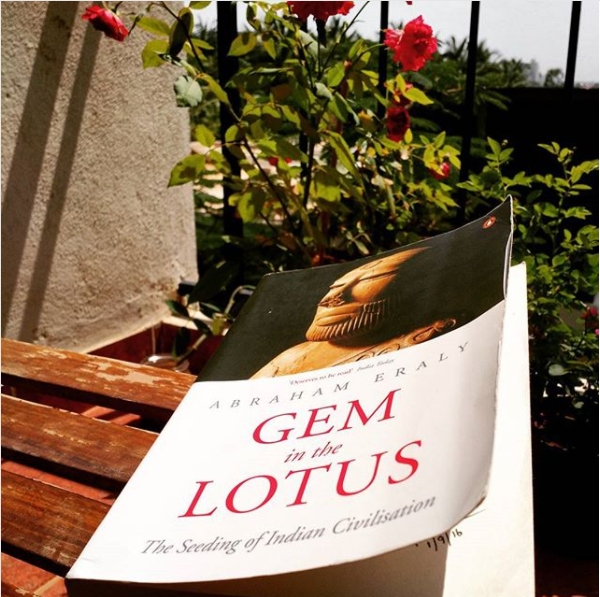Abraham Eraly
History is not usually kind on its readers, and changing that is probably the biggest advantage this book has to offer. The author makes history accessible through a largely simple narrative and writing style. While he has taught history, I don’t think he is a historian. Thus it isn’t based on what one might call ‘original research’ but more an aggregation of sources. Indeed, the book cites a large number of sources for the information it gives.
The ‘seeding’ begins long before humans arrived on the scene, when plate tectonics created the land mass that is now called the Indian subcontinent. The geological results – the Himalayas that act as a barrier, the fertility of the land etc – have had huge implications on how the civilisation in this part of the world has evolved.
The book moves on to the Indus Valley civilisation, the influx of the Aryans and the Rig Vedic times, the later Vedic times, and in the process, touching upon quite a few popular misconceptions. This entire shift is obviously significant from a civilisational and cultural point of view, but it is also interesting to see the theatre of action shift from the Indus to the Ganga. The societal and cultural milieu is also explained well, using the texts of the time – the Vedas and Upanishads.
Religion and philosophy flourished even more as society became prosperous and a great amount of details on the life and times of Buddha and Mahavira are covered. In fact, the title of the book is based on the former. Once again, there is some very interesting information on Buddha’s life pre and post enlightenment, his stance on caste and women, all of which differ from popular conceptions, I’d say.
As cities formed and humans became even more organised as a society, there were structural changes culturally and politically – caste system, the move to monarchy and so on. The invasion of Alexander created the environment for the formation of the Mauryan empire, and between Ashoka’s edicts and the Arthashastra, we get an excellent view of civilisational and societal changes. To be noted that the action has now moved further east from the Gangetic plains. Both the Arthashastra and the changing nature of Ashoka’s reign make for very interesting material, though I did find the focus on the former a little too drawn out.
The final portion of the book is to do with the outsiders’ (largely Greek) perspectives of India, courtesy their visits – Strabo, Megasthenes Diodorus. It’s fascinating to see the interpretations when the chronicler is confined by geography and constrained by language.
If you can let a few generalisations pass, this makes for a wonderful primer on Indian history.


Leave a Reply